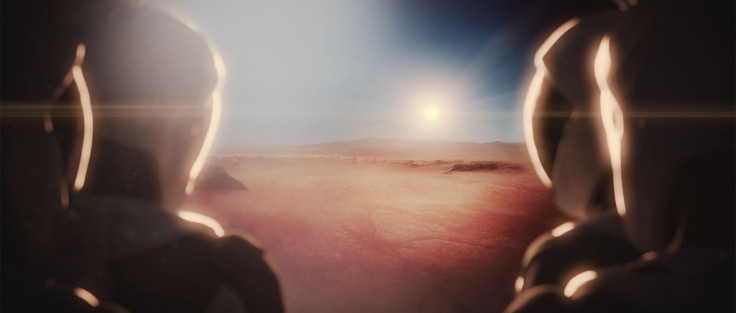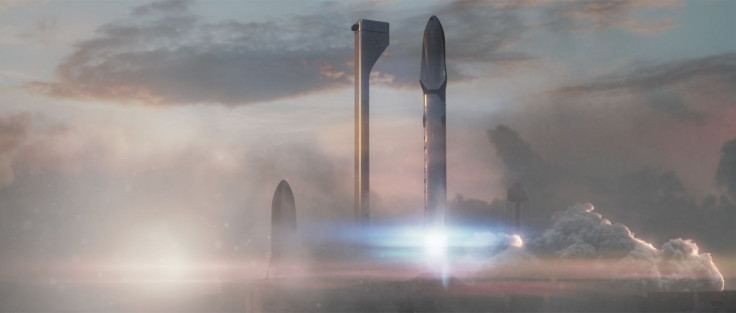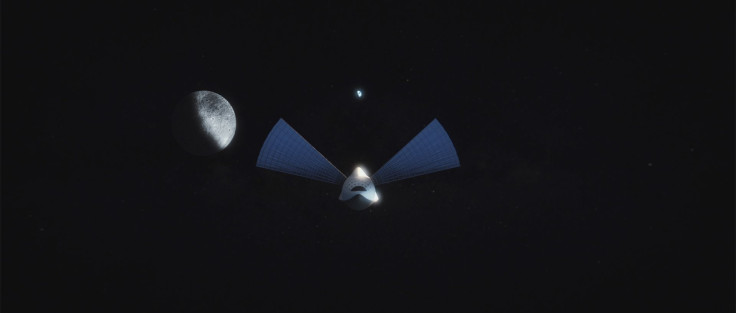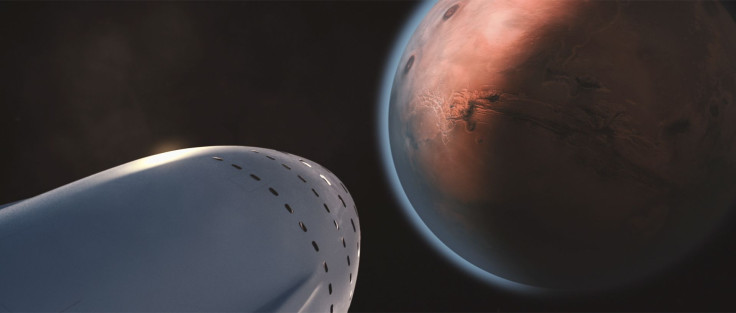8 Photos That Show What SpaceX And Elon Musk Think Traveling To Mars Will Look Like

Elon Musk started SpaceX with one ultimate goal: to send humans to Mars. While the company launches satellites for NASA and communication companies, those launches are a means to an end. In order to sustain his business and make enough money to eventually make humans a multi-planetary species, it's going to take a lot of money.
Musk said at the International Astronautical Conference last year that he is personally accumulating assets so that he could help fund this mission to Mars. "I really don't have any other motivation for personally accumulating assets except to be able to make the biggest contribution I can to making like multi-planetary," he said.
But he admitted that it would probably end up being a public-private partnership. Musk believes that at some point, some sort of extinction will occur on Earth, so becoming an interplanetary species is the best bet if humans want to continue surviving.
Read: 7 SpaceX Launch Photos That Show Elon Musk's Rockets At Work
He started SpaceX in 2002 and released detailed plans for the mission to Mars last year. SpaceX has already been launching satellites, conducting resupply missions to the International Space Station and successfully reused the first stage of rockets. The reusability of rockets is key to bringing down the cost of space travel, Musk says.
Additionally, SpaceX already has two people signed up to go to space. SpaceX will send the mystery passengers to travel around the moon sometime during 2018.
With plans to send humans to Mars, possibly before NASA does, it's logical that the company already has plans and computer aided drawings of what that mission might look like. Musk's keynote talk at the conference last year focused on the detailed plans SpaceX has for the Mars mission. The company also has photos of what the trip might look like.
The mission will begin at NASA's historic launch pad, 39A where the Apollo 11 mission that sent the first astronauts to the moon launched from. The pad is currently being used by SpaceX for other launches. People can be seen loading onto the rocket to Mars, they look so small because the rocket is will be so large.
Read: SpaceX And Elon Musk Are Planning To Bring The Internet To Space

The giant rocket will launch from 39A into space and ultimately Mars.

The fist stage booster of the rocket will then separate and the ship will sit in parking orbit. The booster will then return to Earth where a propeller tanker will be added to it.

The rocket will then shoot back up into space and link up with the ship to refuel it before the ship continues on to Mars. It will do this three to five times before the ship heads to Mars.

The refueling tanker then returns to Earth after refueling is complete and the spaceship fires up and departs for Mars. The ship will also be equip with solar arrays to help power the on board technology.

The craft will travel for weeks, Musk estimates that the trip from Earth's orbit to Mars will take anywhere from 80 to 150 days depending on when it finally happens. But he said he hopes in the distant future the trip will only take about a month.

The model shows the ship landing upright, a lot like the rockets Musk is now landing and reusing.

If all goes according to plan, Musk's dream of making humans an interplanetary species will come true. Musk estimates that after the first trip to Mars, it will take 40 to 100 years to have a self-sustaining city on the planet.
You can watch Musk's keynote in which he explains the mission, in full, here:
© Copyright IBTimes 2024. All rights reserved.



















